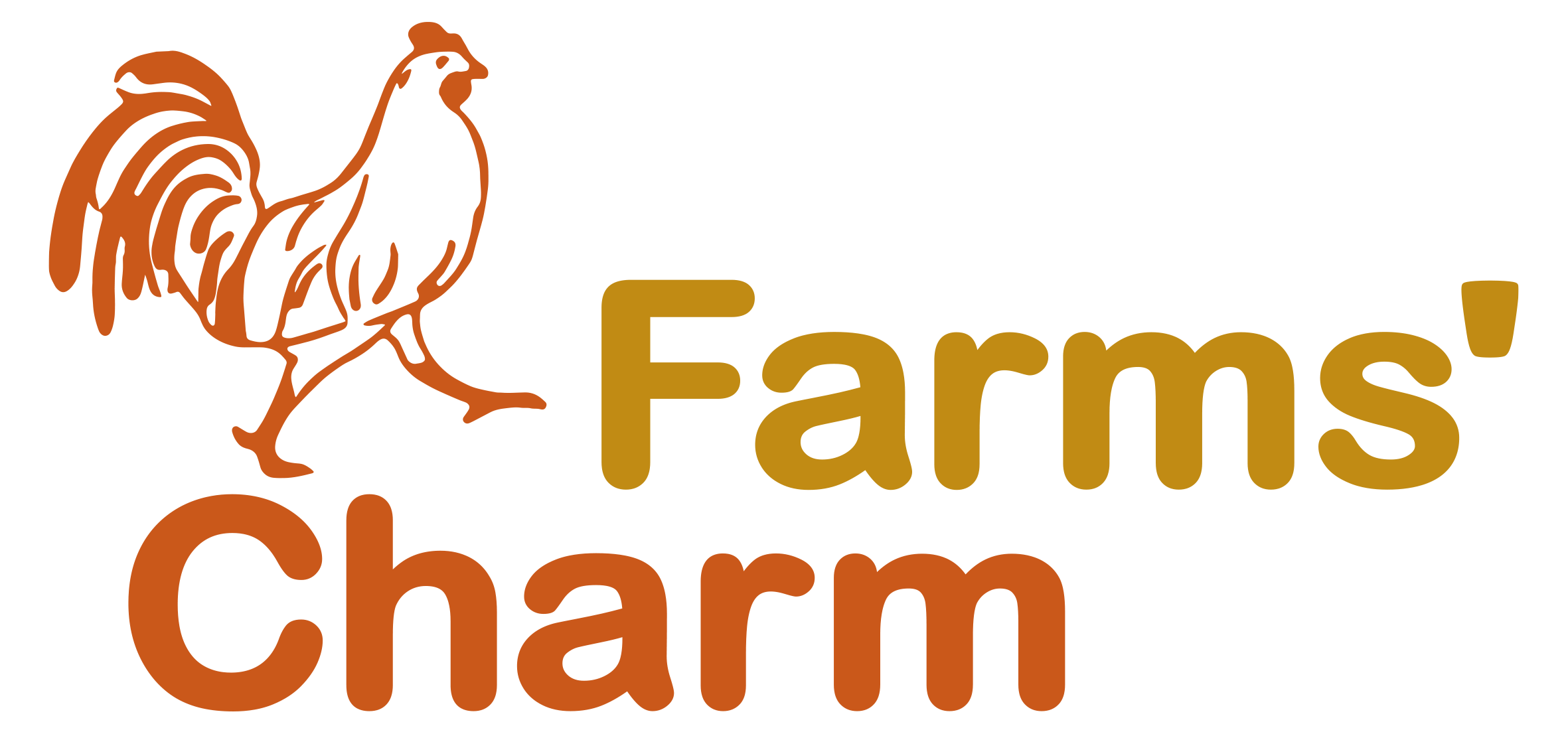involves visiting working farms or agricultural enterprises for a firsthand rural experience. It allows tourists to engage in farm activities, learn about agriculture, and stay on the farm. Activities range from fruit picking and animal care to workshops on farming practices. It’s a blend of education, entertainment, and support for local communities.



